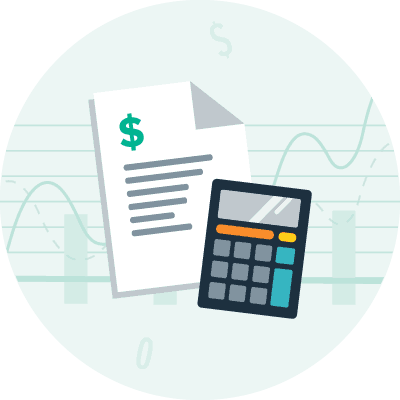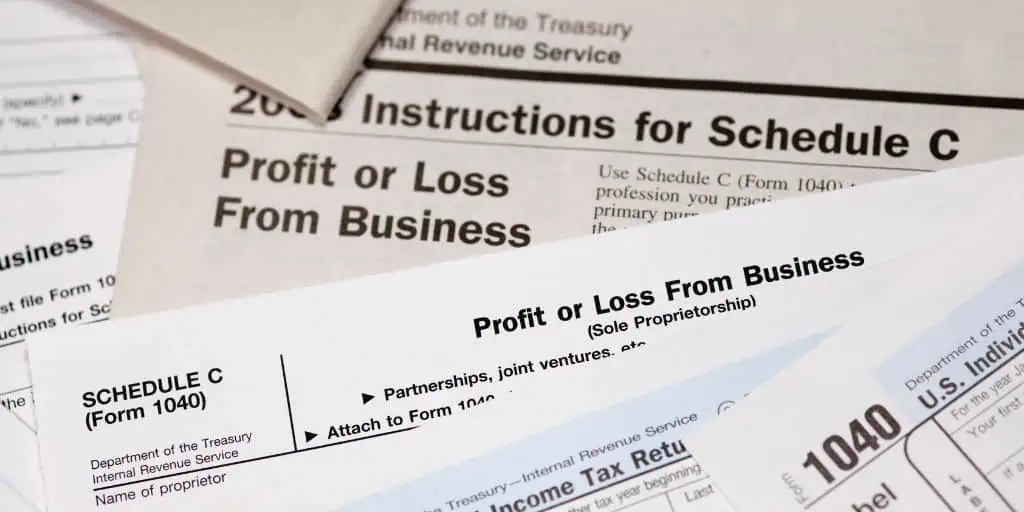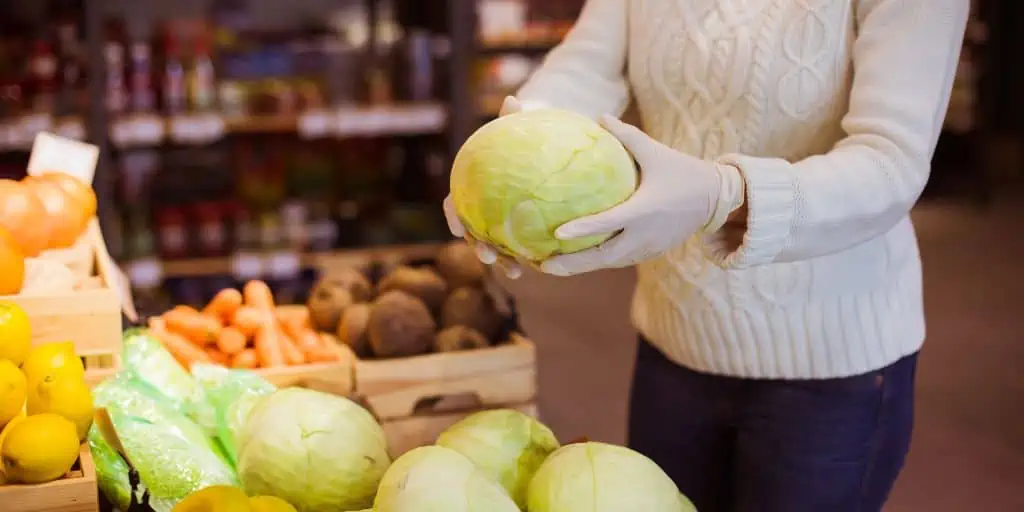What Is Cost of Goods Sold (COGS)?
REtipster does not provide tax, investment, or financial advice. Always seek the help of a licensed financial professional before taking action.
Shortcuts
- Cost of goods sold (COGS) refers to the total expense incurred to produce goods sold in a certain period.
- This figure includes the costs of materials, labor, and overhead.
- The COGS formula considers beginning inventory, total purchases, and ending inventory.
- As a key business metric to calculate gross profit, COGS is crucial for investment decisions and legal compliance with Generally Accepted Accounting Principles (GAAP).
An Overview of COGS
COGS, or cost of goods sold, is the total cost of all the goods a company has sold during a specific time frame. Understanding COGS enables businesses to gauge their efficiency in production, pricing strategies, and competitiveness within their respective markets.
The total figure that COGS represents is the sum of direct material, direct labor, and manufacturing overhead costs[1]. The exact components vary across industries, for example:
- In manufacturing, it includes raw materials, wages for factory workers, and costs related to machinery.
- In retail, it covers the purchase price of goods, shipping, and handling.
- In land investing, it encompasses the costs of buying land, zoning and grading, and professional fees for architects or engineers.
COGS in Real Estate
In real estate, COGS is particularly relevant where the costs can include property acquisition and development expenses[2].
Here are more specific examples of how the cost of goods sold is important in real estate investment and decision-making:
- Land acquisition and development: It encompasses the costs of land acquisition, entitlement, zoning, grading, and construction, alongside all intangible fees associated with it[3]. These components determine the overall cost of bringing a property to market.
- Impact on gross profit: Under- or overestimating any component of the cost of goods sold can distort the profit margin and consequently affect investment decisions.
- Strategic decision-making: Understanding COGS allows businesses to make more informed decisions regarding project feasibility, financing, and pricing strategies.
How to Calculate COGS
The COGS formula is calculated by adding the starting inventory to the total purchases during a period and then subtracting the ending inventory from the sum:
COGS = (starting inventory + purchases during a given period) – ending inventory
In the land investing context, this may include the costs of raw land at the start of the year, plus any acquisitions, minus the unsold land at year’s end.
Say a land investment firm starts with $2 million in inventory, acquires $3 million in new land, and ends with $1 million in unsold inventory. Using the COGS formula, the cost of goods sold would be $4 million.
Whatever the business or industry, accurate COGS figures are crucial. An error in the COGS calculation may lead to mispriced products or underestimation of required resources.
In any case, COGS reporting should comply with GAAP[4]. Adhering to specific rules related to inventory valuation and capitalization of costs ensures transparency and comparability in financial reporting.
COGS and Tax Planning
Cost of goods sold is calculated as part of the business expenses incurred in a tax form, particularly for businesses that sell products.
Generally, businesses that keep inventory need to fill out IRS Form 1125-A if they keep an inventory[5]. However, sole proprietors and single-member limited liability companies must accomplish COGS on their Schedule C.
Form 1125-A typically asks for:
- Starting inventory (inventory at the beginning of the year)
- Ending inventory (at the end of the year)
- Total purchases, labor costs, and other expenses
- COGS calculation
In addition, different types of business entities may also need to include COGS calculations on their respective tax forms:
- C Corporations: Line 2 of Form 1120
- S Corporations: Line 2 of Form 1120S
- Partnerships and LLCs with two or more members: Line 2 of Form 1065
Note that some industries cannot use COGS for tax reporting[6], particularly service industries (since they have no inventory to speak of). These include appraisal companies in real estate. Other businesses include law firms, business consultants, accountants, and so on.
Companies can optimize their tax positions by carefully aligning COGS calculations with IRS regulations. For instance, when calculating COGS, a real estate investment trust (REIT) must comply with specific IRS guidelines related to depreciation and interest expenses.
Real-Life Examples of Industries Optimizing COGS
Optimizing the cost of goods sold is an essential business strategy to maximize income from regular operations. However, businesses approach this differently based on their industry.
Here are some examples of real-world applications of COGS optimization.
Negotiating Lower Costs
- Real estate development: Developers may obtain tax incentives for developing underutilized areas. For example, the city of Baltimore’s Enterprise Zone Program[7] offers property and income tax credits to encourage development in targeted regions.
- Manufacturing: A manufacturing company may negotiate bulk purchase discounts with suppliers, reducing raw material costs. An example is General Motors securing a supply of raw materials for electric vehicle batteries[8].
Utilizing Cost-Effective Materials
- Construction: Alternative and/or sustainable materials can lower construction costs without compromising quality.
- Retail: Private-label products enable retailers like Target to offer quality goods at lower prices by controlling material and production costs.
Improving Efficiency and Sustainability
- Real Estate: Green building practices like installing energy-efficient HVAC systems can lower ongoing maintenance and utility costs.
- Service Industry: Automating customer service through AI chatbots can decrease labor expenses related to customer support.
Strategic Sourcing and Supply Chain Management
- Technology: Tech companies like Apple source components from various global suppliers to negotiate better pricing and reduce dependency on a single vendor[9].
- Food Industry: Restaurants like Chipotle utilize local sourcing to reduce transportation costs and ensure fresh ingredients[10].
Outsourcing and Offshoring
- Apparel Industry: Brands like Nike strategically outsource production to countries with lower labor costs to optimize COGS[11].
- Technology Services: Many companies like IBM often offshore software development, allowing access to global talent at competitive rates.
Cost of Goods Sold: Frequently Asked Questions
What’s the Difference Between COGS and Cost of Sales?
While COGS and Cost of Sales are often used interchangeably, there can be subtle differences. COGS typically refers to the direct costs of producing or purchasing goods a company sells, whereas Cost of Sales may include indirect costs such as distribution and sales expenses.
Service industries may also use cost of sales as a “stand-in” for cost of goods sold, which are generally favored by manufacturers[12].
In land investing, COGS would cover direct land-related costs, while Cost of Sales might include marketing or brokerage fees.
Can COGS be Higher than Revenue?
While theoretically possible, it’s highly unusual for COGS to be higher than revenue. This may indicate a loss in the goods sold[13], production inefficiencies, or potential accounting errors.
How is COGS Treated Under IFRS Compared to GAAP in the U.S.?
Both IFRS (International Financial Reporting Standards) and GAAP guide the calculation of COGS, but differences may exist in inventory accounting methods.
For instance, GAAP allows the LIFO (Last-In, First-Out) method, while IFRS does not[14]. U.S. land investors must comply with GAAP but understanding IFRS can be beneficial when dealing with international transactions or comparing financial statements globally.
Sources
- The Three Parts of Cost of Goods Sold. (n.d.) eRank. Retrieved from https://help.erank.com/blog/the-three-parts-of-cost-of-goods-sold/
- 6 Key Components of Real Estate Development Accounting. (2021, October 20.) Franco Blueprint. Retrieved from https://francoblueprint.com/real-estate-accounting-developers/
- Typical Site Development Costs. (n.d.) Building Advisor. Retrieved from https://buildingadvisor.com/buying-land/budgeting/typical-site-development-costs/
- Malisz-Talha, B. (2023, March 23.) What Is COGS in Business and Accounting? How to Calculate COGS: Examples and Formula. Synder. Retrieved from https://synder.com/blog/what-is-cogs/
- Murray, J. (2022, September 19.) How to Include Cost of Goods Sold on a Business Tax Return. The Balance. Retrieved from https://www.thebalancemoney.com/including-cost-of-goods-sold-on-business-tax-forms-397851
- Ross, S. (2021, April 30.) Industries That Cannot Claim Cost of Goods Sold. Investopedia. Retrieved from https://www.investopedia.com/ask/answers/111314/what-are-some-examples-industries-cannot-claim-cost-goods-sold-cogs.asp
- Enterprise Zone and Focus Area. (n.d.) Baltimore Development Corporation. Retrieved from https://www.baltimoredevelopment.com/doing-business/enterprise-zone-and-focus-area
- Malik, Y. (2022, July 26.) GM signs agreements with suppliers, on course to reach 1 million EV capacity by 2025. Reuters. Retrieved from https://www.reuters.com/business/autos-transportation/gm-signs-agreements-with-suppliers-course-reach-1-mln-ev-capacity-by-2025-2022-07-26/
- Ross, L., de Naoum, K. (2023, May 5.) How the Apple Supply Chain Stays Top Ranked in the World. ThomasNet. Retrieved from https://www.thomasnet.com/insights/apple-supply-chain/
- Brown, A.B. (2021, April 8.) Chipotle reaches 31M pounds of locally sourced produce. SupplyChainDive. Retrieved from https://www.supplychaindive.com/news/chipotle-locally-sourced-produce-2020-supplier-produce/598002/
- McDaniel, R. (2019, January 22.) The Advantages of Outsourcing for Nike. Bizfluent. Retrieved from https://bizfluent.com/list-7704795-advantages-outsourcing-nike.html
- Ross, S. (2022, July 12.) How Are Cost of Goods Sold and Cost of Sales Different? Investopedia. Retrieved from https://www.investopedia.com/ask/answers/112614/whats-difference-between-cost-goods-sold-cogs-and-cost-sales.asp
- What Affects Gross Profit & Cost Of Goods Sold? (2019, June 24.) Complete Controller. Retrieved from https://www.completecontroller.com/what-affects-gross-profit-cost-of-goods-sold/
- Gavin, M. (2019, August 30.) GAAP VS. IFRS: What Are The Key Differences And Which Should You Use? Harvard Business School. Retrieved from https://online.hbs.edu/blog/post/gaap-vs-ifrs












